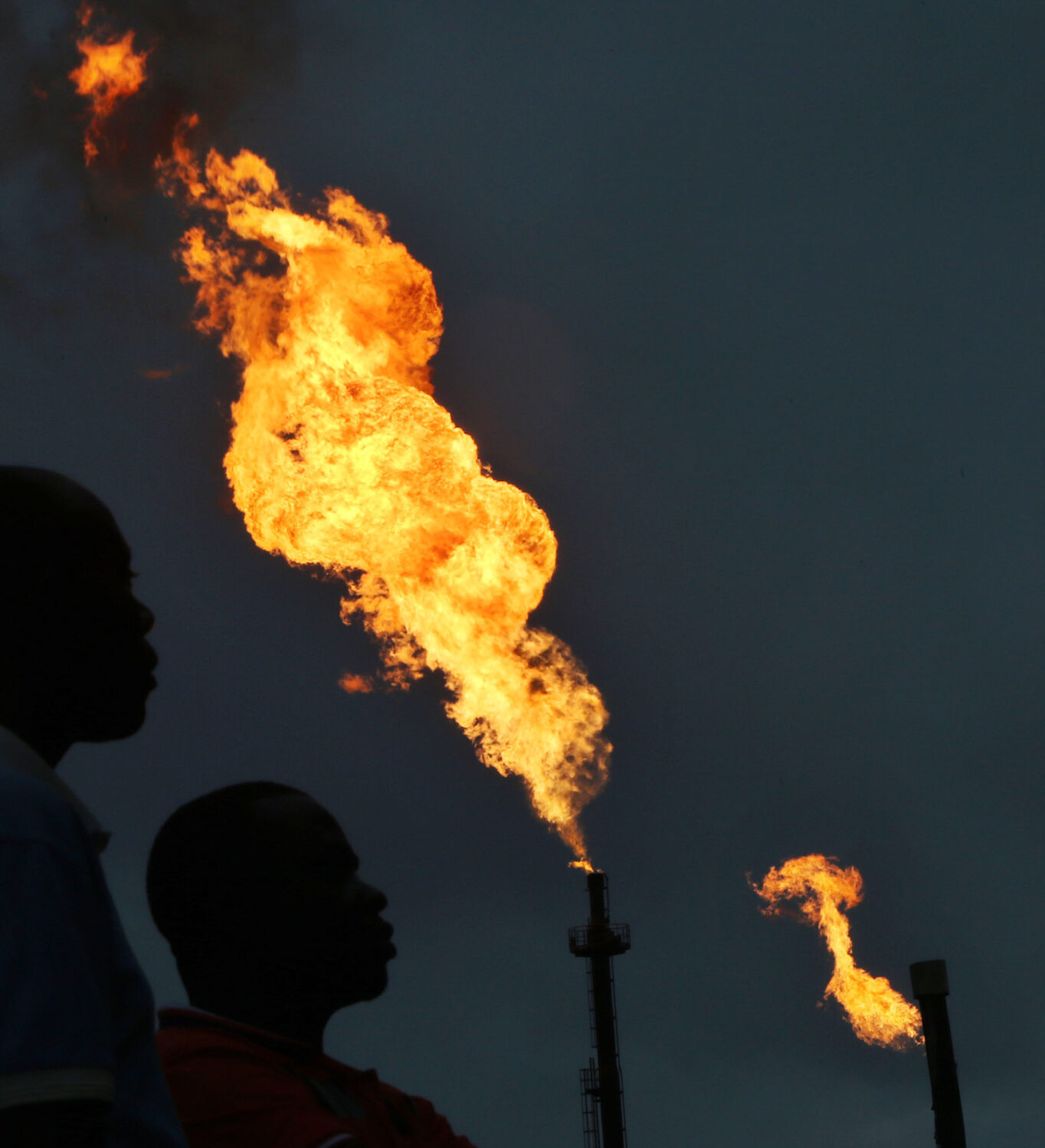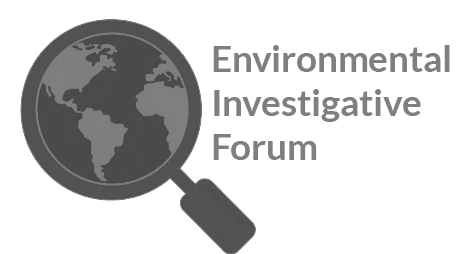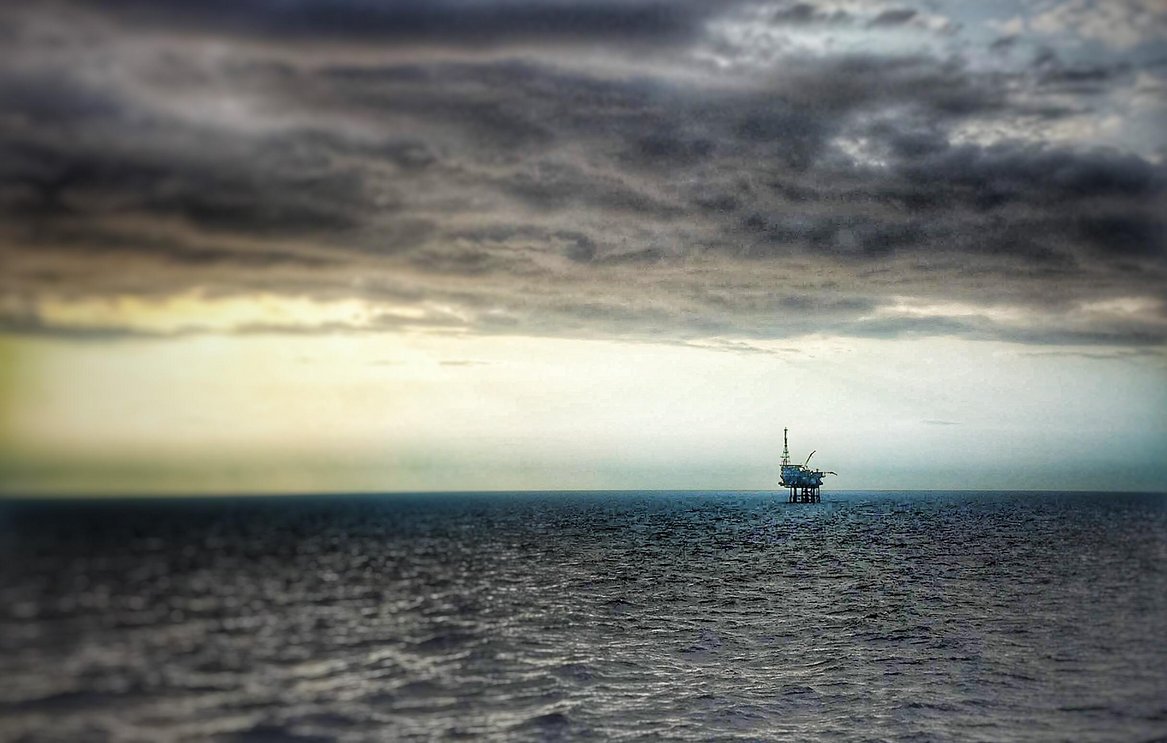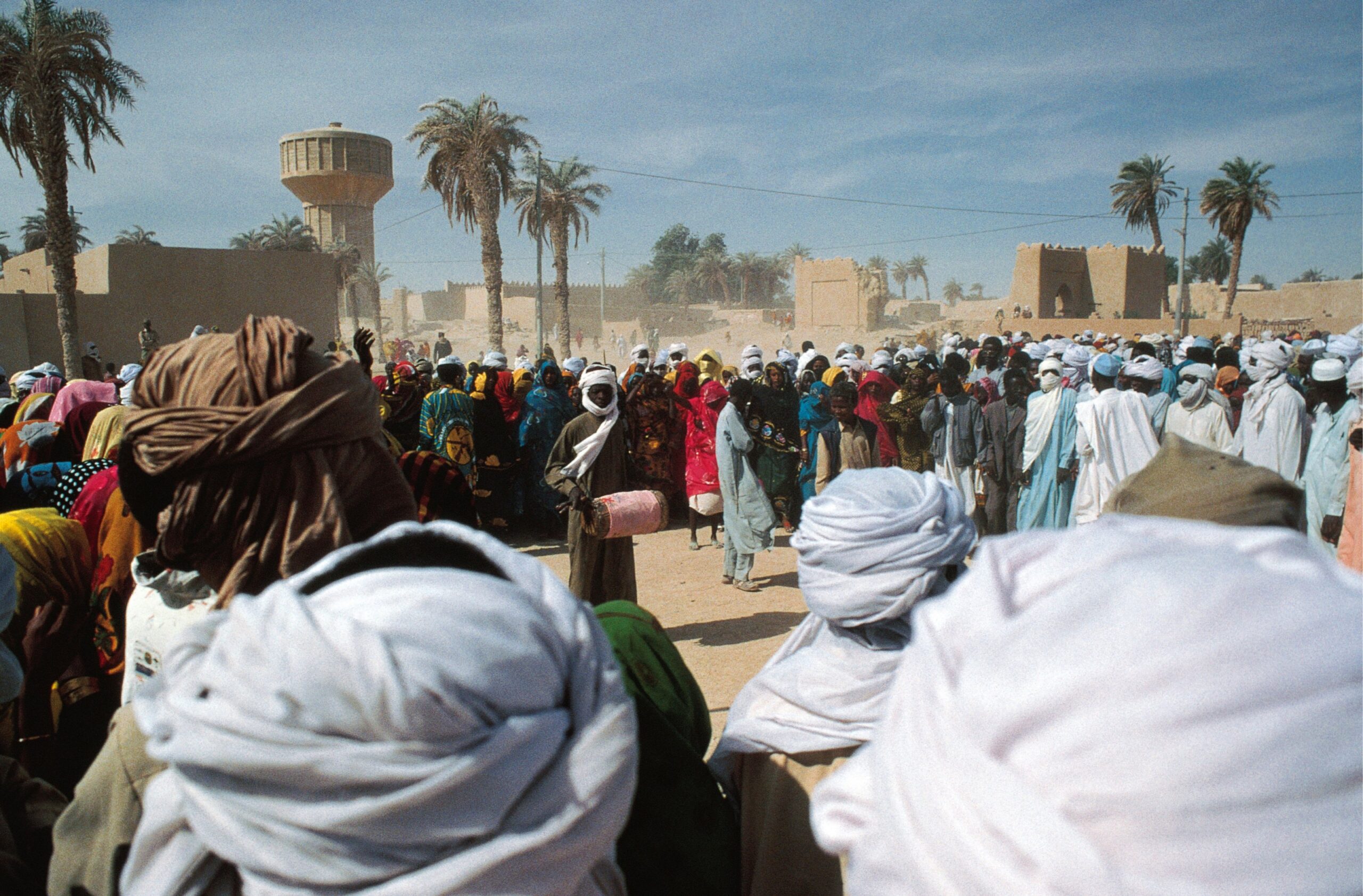Oil companies have vastly underreported gas flaring and broken promises to end it—with disastrous consequences for human health and the climate
By SourceMaterial with Femke van Zeijl, Alexandre Brutelle and Léopold Salzenstein
The flames roar like a jet plane. Sometimes the fire leaps above the compound walls, radiating intense heat onto the street.
Outside the former Shell facility on the edge of Port Harcourt, Nigeria, where excess gas from an oil well burns day and night, Miriam Chidi is waiting for a taxi. The 36-year-old accountant, who has already suffered two miscarriages, is returning from hospital, where her three-year-old daughter has spent four days on a drip with a condition Chidi suspects is exacerbated by air pollution.
“I would move if I had money”, she said. “We have never had any benefit from the activities of those oil companies. They only lead us to an early grave.”
Gas flaring helps drive climate change with annual carbon emissions greater than those of the United Kingdom. The practice is also ruinous to human health: scientists have linked it to pregnancy complications and a recent study estimated that it kills more than 700 children a year in the US alone.
In a joint investigation coordinated by the Environmental Investigative Forum, SourceMaterial, European Investigative Collaborations, Daraj Media and Oxpeckers examined emissions from several thousand flaring sites across Africa and the Middle East using satellite data from SkyTruth, a non-profit group, and the Payne Institute for Public Policy’s Earth Observation Group.
The analysis suggests that the biggest flaring polluters like BP and ExxonMobil have in some cases vastly understated their emissions. Others like Shell and Eni promised to end flaring decades ago. Instead they are selling their most polluting fields without cleaning them up, passing the problem to new owners.
Headaches and dizziness
In rich countries, flaring appears to be on the decline, even if campaigners say progress has been slow. Norway’s state oil company ended routine burning in the North Sea in the 1990s; BP and ExxonMobil say they have stamped out day-to-day onshore flaring in the US.
But in poorer nations the problem persists. It’s particularly bad in countries like Nigeria, where some 2.5 million people live within 5 kilometres of an active flare. Harmful effects are detectable as far as 95 kilometres downwind of a flaring site, research suggests.
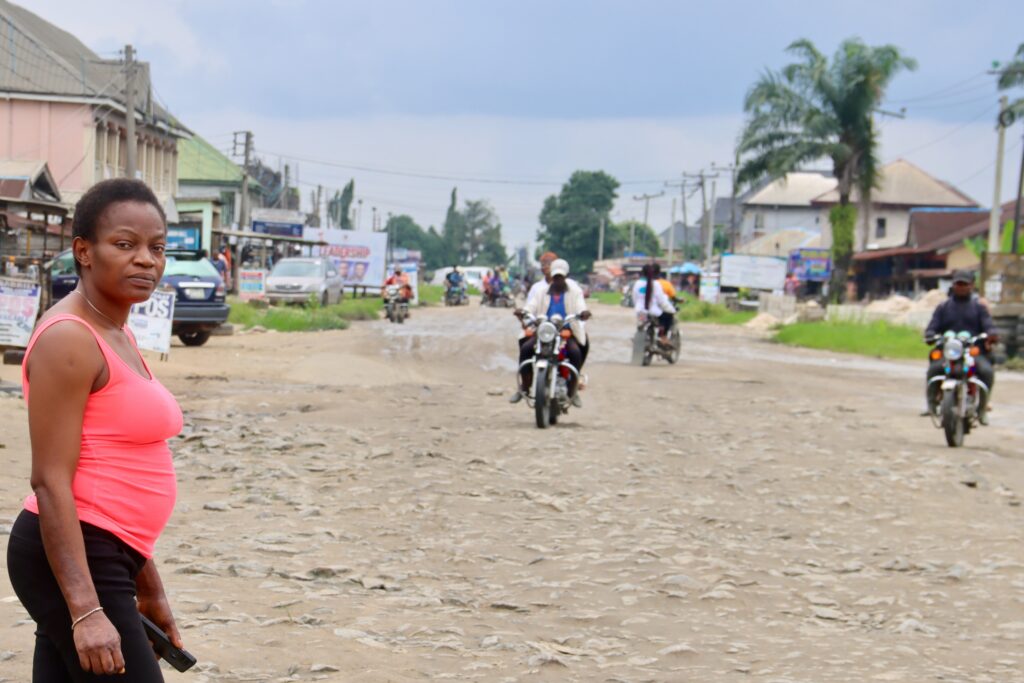
On a recent visit to Afam-Ukwu, a village east of Port Harcourt, reporters for SourceMaterial and Dutch newspaper NRC soon began feeling unwell. Stinging eyes, a mild dizziness and headaches were followed by a sense of pressure on the chest and a shortness of breath that endured for hours. The locals say you get used to it.
“They told us a long time ago that it would stop, but they keep postponing the deadline,” says Joshua Sunday Nwagbara, the village’s traditional chief. “The flame never goes out.”
The government has not kept promises to ban flaring, while countless letters to Shell have “fallen on deaf ears”, he said.
Shell, which is phasing out operations in Nigeria, has targeted an end to non-emergency flaring globally by next year. But it is achieving its aim by passing the problem to somebody else, Nwagbra said. In 2021 he company sold the licence that includes Afam-Ukwu to Nigeria’s state oil company NNPC.
“Since Shell left, gas flaring has remained exactly the same,” Nwagbara said.
Shell said that it cannot comment “on divested assets nor on assets owned by other parties”, but said that all new facilities in Nigeria had been designed to eradicate routine flaring since 2000. Flaring has been reduced by 90 per cent since 2002, the company said.
A spokeswoman added: “Many of our oil and gas producing facilities were not originally sited in densely populated areas. Over the years however, communities have moved nearer to the facilities, and encroached into our right-of-way and other land duly acquired for our operations.
“We continue to work with state governments and other stakeholders to discourage communities from encroaching into operational areas.”
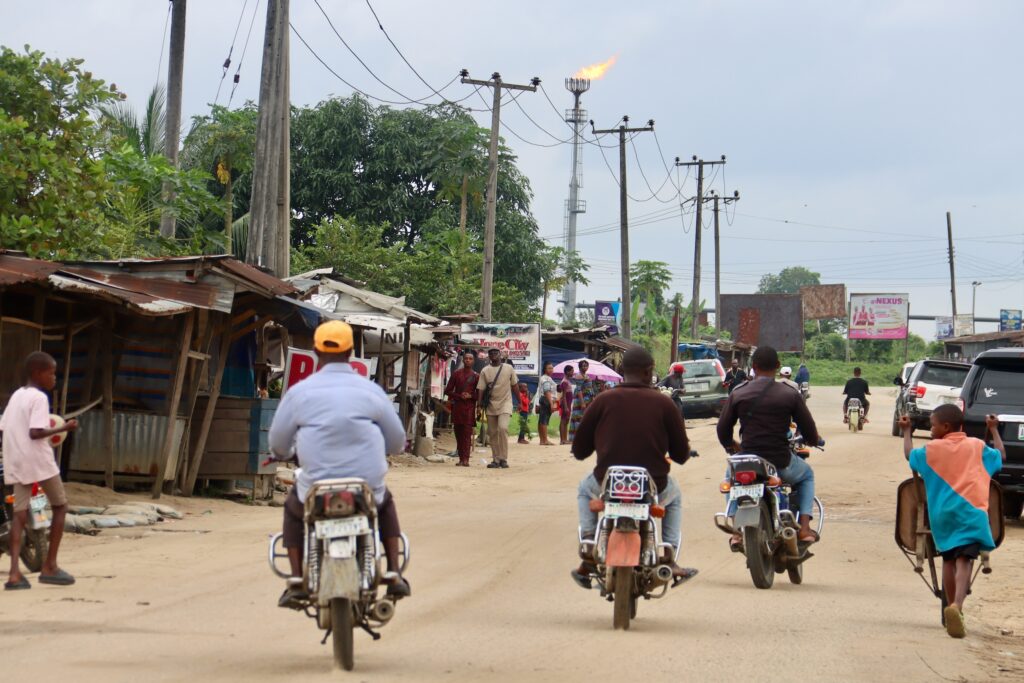
‘We’re in hellfire’
Nearby communities are plagued by breathing difficulties, miscarriages and early death: life expectancy in Nigeria generally is 56 years and a burgeoning medical literature links the Niger Delta’s oil industry—and flaring in particular—to a litany of diseases.
In a poor region already ravaged by pollution from oil spills, illegal bunkering and the burning of stolen oil seized by the army, it’s hard to assess the exact impact of flaring. But scientists say it’s a significant cause of the region’s health crisis.
Living close to or downwind of a flaring site means breathing in nitrogen dioxide and ozone, said Jonathan Buonocore, a researcher at Boston University who co-authored a recent study linking flaring in the US to 74,000 cases of asthma.
“Those are both respiratory irritants. They’ve been linked to premature death, asthma and other respiratory outcomes because they literally cause inflammation of the respiratory system”, he said.
Another damaging pollutant is a fine particulate matter or PM2.5, tiny particles of which travel deep into the lungs and the blood. “Once they’re in your blood they can get anywhere else and cause inflammation and damage to every single organ system of the body”, Buonocore said.
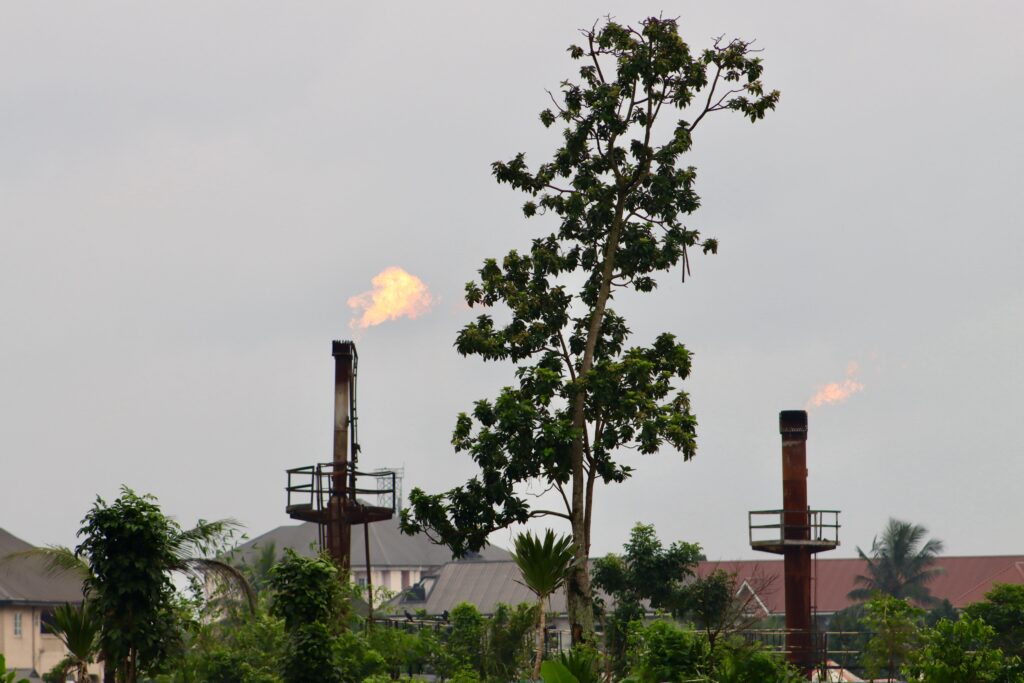
Fifty miles away on the other side of Port Harcourt, the village of Obagi is sandwiched between two flaring sites: one operated until last month by Eni, the Italian giant, the other by TotalEnergies, the French group.
“We’ve been breathing dirty air since the 1960s”, says Elechi Ifeanyi, chairman of the local development committee. “We’re in hellfire.”
A quarter of a century ago Eni told investors it planned to end flaring of gas in Nigeria by 2004. Since then it has been the country’s biggest flarer, burning 14.5 billion cubic metres of gas in Nigeria between 2012 and 2022, the equivalent of about 6 million Nigerians’ carbon emissions, according to SourceMaterial’s estimates.
In August Eni completed the $783 million sale of its onshore business in Nigeria to a local company. Just as in Afam-Ukwu, the villagers say their complaints have led nowhere. Meanwhile, the burning continues.
Eni declined to respond to specific questions on its record in Nigeria but said that it reports its emissions “in line with international standards and industry best practice”. Total pointed to work on a particular licence in Nigeria where it was able to stop routine flaring last year following “a major project to modify the facilities”, which saved the equivalent of 330,000 tonnes of carbon dioxide.
Unburned methane
Producers turn to flaring when more gas flows from a well than can be processed and stored. Alternatives, which involve building pipelines and storage facilities, can cost billions.
While the International Energy Agency ranks flaring as a “major source” of harmful emissions, scientists are still calculating exactly how much it contributes to global warming. Our estimates suggests that just a single installation—BP’s Rumaila field in Iraq—emits more greenhouse gases through flaring each year than a mid-sized country like Albania or Jamaica.
Natural gas consists mostly of methane, which when burned produces carbon dioxide, the best-known and most significant greenhouse gas. When methane is vented into the air without being burned it has 84 times the warming impact of carbon dioxide over a 20 year period.
In line with World Bank and industry data, SourceMaterial and its partners’ analysis assumes that 2 per cent of flared methane goes unburned because the equipment is not perfectly efficient. Yet many scientists believe flaring is typically far less effective at burning methane than that—and the impact on the climate even more extreme.
Oil and gas companies have become less reliant on flaring over the last three decades, says Zubin Bamji, manager of the World Bank’s Global Flaring and Methane Reduction Partnership. But over the last 12 years there appears to have been little progress in Iraq and Nigeria, where the health consequences of flaring are at their sharpest.
“In both countries, the amount of flaring per barrel of oil produced has remained largely stable, and so the changes in gas flaring volumes are reflective of changes in oil production”, Bamji said. “We encourage all oil producers to accelerate their efforts.”
Accounting quirk
Some of the oil and gas industry’s biggest companies appear to be systematically underreporting their flaring.
BP has said that it flared 654,000 tonnes of gas globally in 2022. But under our estimate for the same year, the company’s facilities burned about 2.3 million tonnes of gas in Africa and the Middle East alone.
The difference seems to be due to an accounting quirk.
Though Iraq’s Rumaila accounts for the largest part of BP’s flaring emissions, the company didn’t include it in reports because it was run through a “technical service agreement” with the Iraqi government.
Since 2022 BP has managed its Rumaila operations through a new joint venture with PetroChina. Until then, the Iraq Extractive Industries Transparency Initiative (EITI) listed BP as the operator of Rumaila while the Ministry of Oil’s website has done likewise on multiple occasions.
A BP spokeswoman said: “BP is not and has never been the operator of the Rumaila oil field. Nor do we have any ownership interest or equity in the field or any right to the oil it produces.
“However, as a shareholder in the lead contractor—Basra Energy Company Limited—we continue to actively support the reduction of flaring and emissions at Rumaila, working with the operator of the oil field, the Rumaila Operating Organisation. There are also a number of oil and gas facilities on the Rumaila field that are operated by third parties (and in which BP has no involvement), which are a source of flaring.”
BP added that it has helped the Rumaila Operating Organisation—an “unincorporated joint venture”, according to BP—to “significantly” reduce flaring and emissions.
At present neither BP or the Rumaila Operating Organisation has to disclose flaring volumes. The result, campaigners say, is a lack of accountability.
That’s something a lawsuit in London has set out to change: the family of an Iraqi teenager who died of leukaemia, allegedly linked to the intense flaring, is suing BP.
ExxonMobil, meanwhile, claims to have emitted 20.2 million tonnes of carbon dioxide from flaring in Europe, the Middle East and Africa between 2019 and 2022. Under our estimate, Exxon emitted 25 million tonnes in the Middle East and Africa alone, representing 4.8 million tonnes of hidden greenhouse gas emissions.
Exxon did not respond to detailed questions before publication.
Accountancy quirks are not the only explanation. One recent study suggests US operators are significantly underreporting the amount of gas they flare for technical reasons: critics say that industry calculations assume all equipment is working smoothly.
Gasping for air
As international oil companies begin to extract themselves from the Niger Delta, Nigerians are left contemplating a future where the fires the industry ignited show no sign of being extinguished.
Bieye Briggs, a medical doctor at Ignatius Ajuru University of Education in Port Harcourt, began campaigning against gas flaring when his daughter was born four years ago gasping for air with a severe respiratory problem.
“Before you sell your business, why don’t you clean up the devastation you’ve created?” he said.
Headline picture: Gas flares in Nigeria (Bloomberg/Getty)
About this project
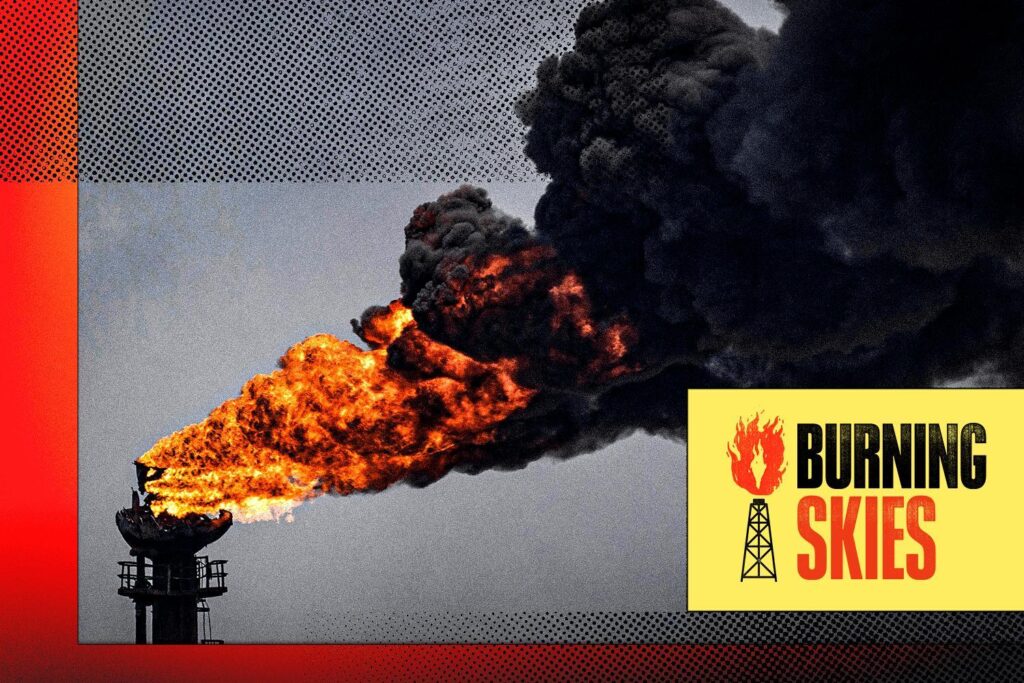
Burning Skies is a collaborative project between 14 newsrooms in Europe, Africa and the Middle East: Mediapart, Der Spiegel, Le Soir, infoLibre, Nacional, Expresso, VG, Domani, NRC, Daraj, Twala, NIRIJ, al-Mirbad, SourceMaterial and Oxpeckers. It was led by the Environmental Investigative Forum and facilitated by European Investigative Collaborations. Full detail on project methodology is available here. Reporting for Burning Skies was supported by JournalismFund Europe.
